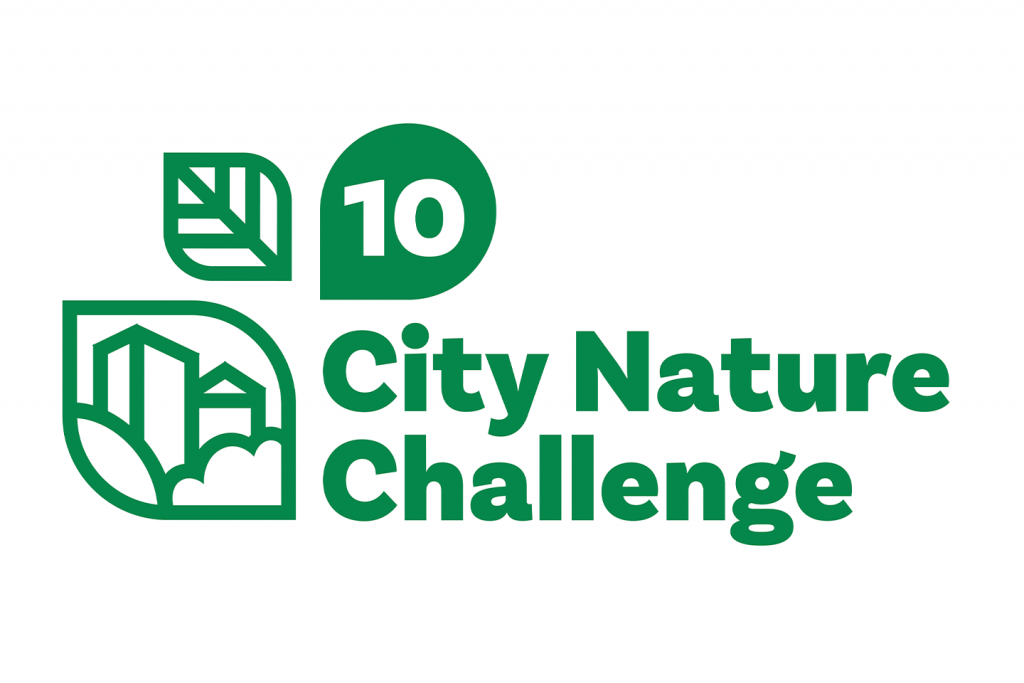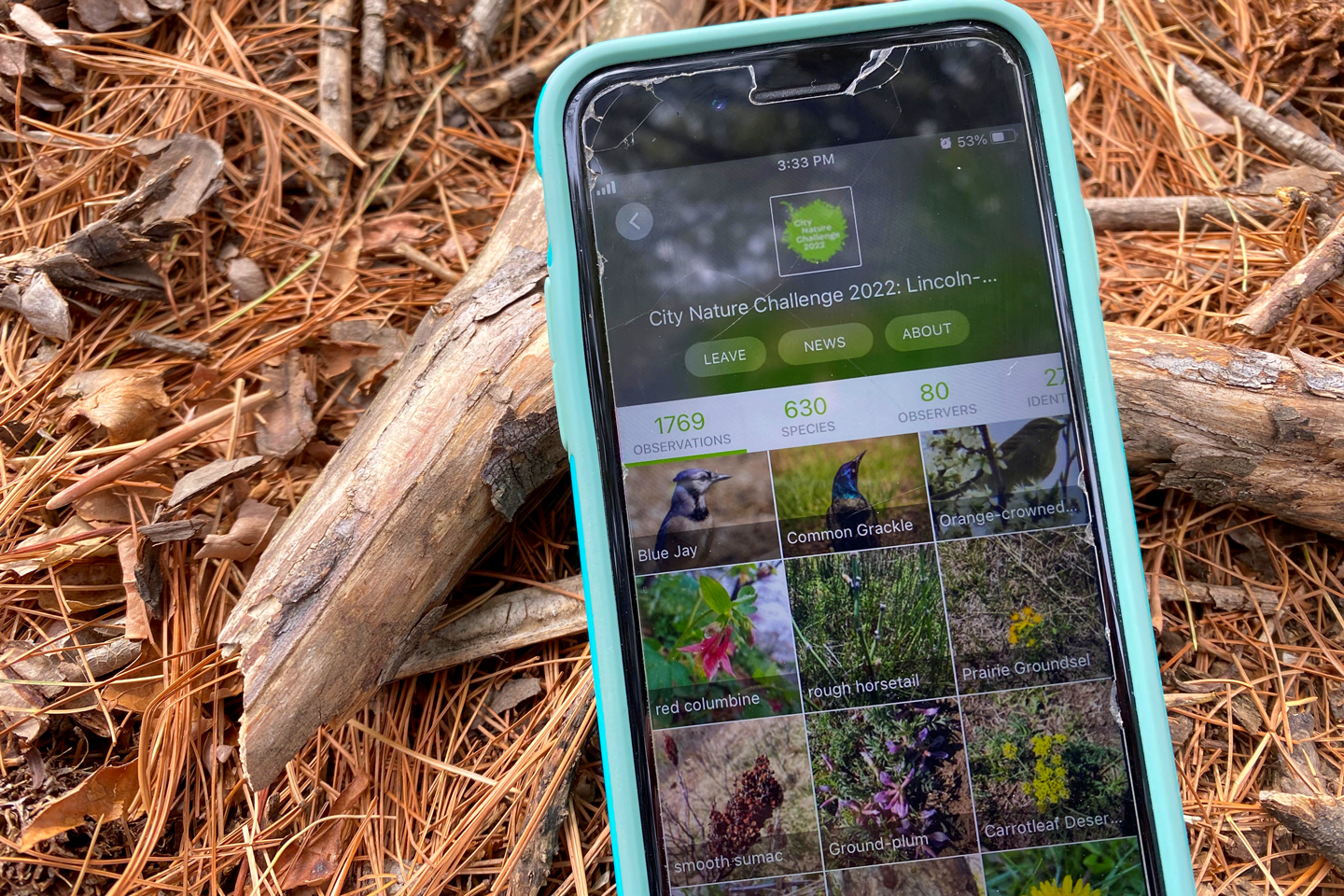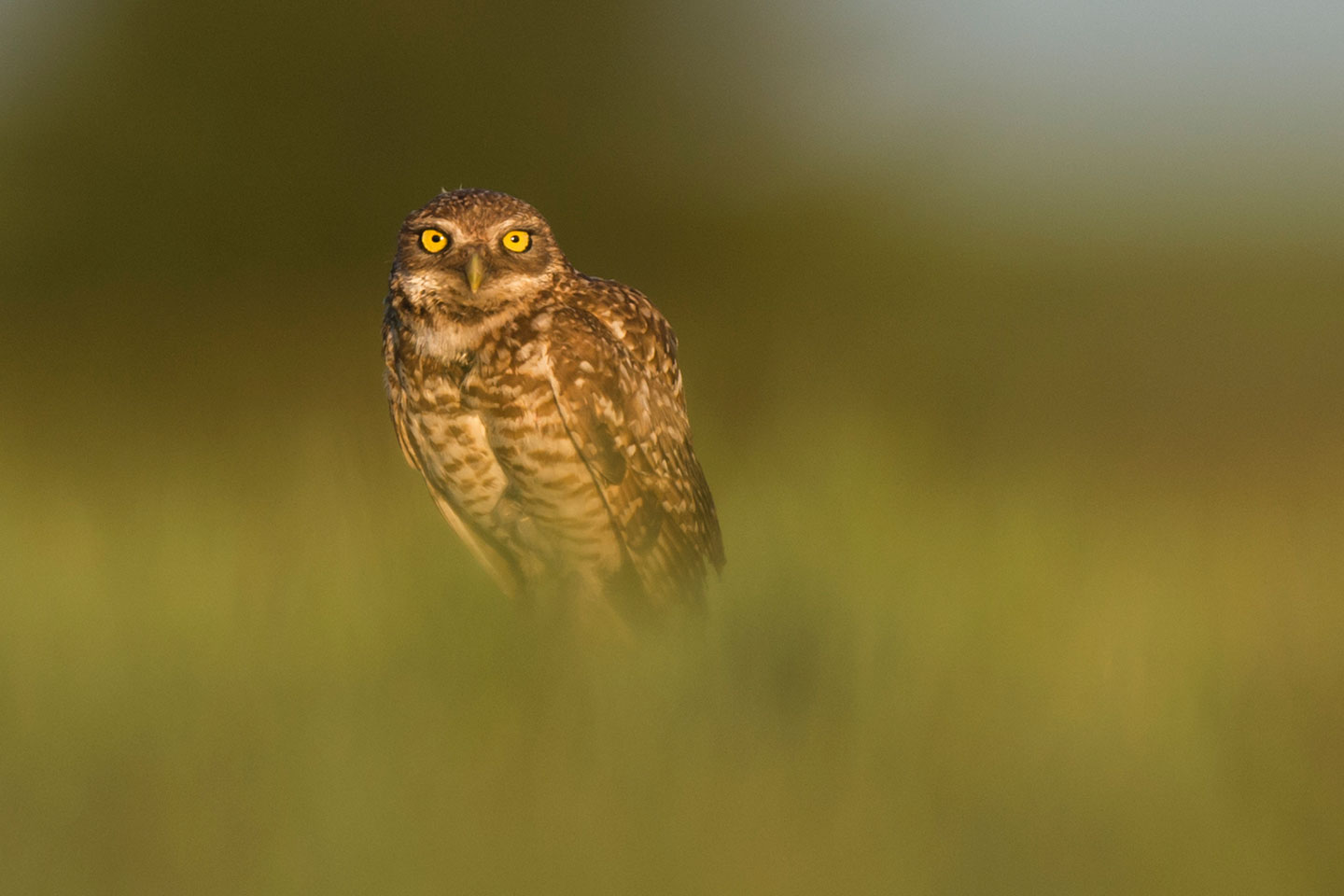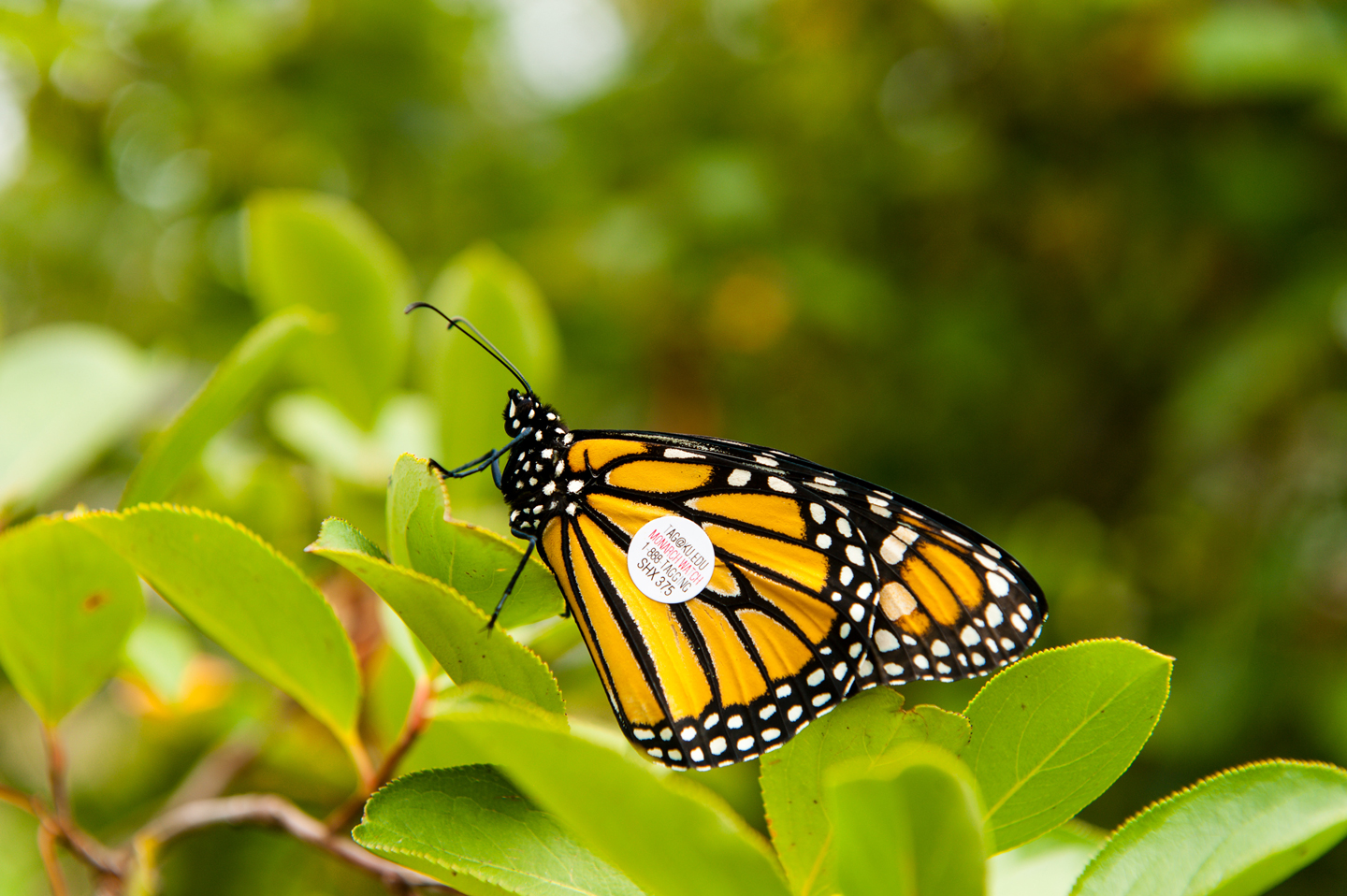City Nature Challenge
The City Nature Challenge is a global event to find, document and protect urban wildlife. Find an event near you!

Join the 2025 challenge
Log your observations of plants, fish, wildlife, fungi and more during the one-week global City Nature Challenge, an effort to find and document urban wildlife. Join one of the Nebraska projects or the statewide effort.
April 25-28: Upload wildlife observations to iNaturalist
April 29-May 4: Help identify observations via iNaturalist
May 5: Results announced
Nebraska projects
Contact: Brianna Nugent
Email: brianna.nugent@nebraska.gov
Phone: 402-471- 5006
Frequently asked questions
Find our answers to the most frequently asked questions about the City Nature Challenge.
Step 1
Download the free iNaturalist app to your smartphone.
Step 2
Find wildlife! It can be any wild plant, animal, fungi or any other evidence of life, such as scat, fur or tracks, found in your neighborhood, home or yard. You can even document it while indoors and observing through your window. You might be surprised by how many insects thrive in the nooks and crannies around you.
Step 3
Take pictures of what you find and upload to iNaturalist. Watch this video to learn how to use the app.
Step 4
Learn more as your observations are identified, and help others identify their observations. Nobody knows everything, but we all know something! Helping others identify their observations is a great way to provide support.
All observations made in a participating city and uploaded to iNaturalist during the observation period of the challenge will automatically be counted toward that city’s total. You do not have to join the project for your observations to count, as long as you are within a participating city’s boundaries.
If you don’t live in a participating city, you can join the Global City Nature Challenge Project on iNaturalist. This project allows anyone, from anywhere, to participate in the event. Global participants have to join the project for observations to count.

There is nature all around us, even in our cities. Knowing what species are in our urban areas and where they are located helps us study and protect them. But, the ONLY way to achieve this is by all of us — scientists, land managers and the community — working together to find and document nature in our areas. By participating in the CNC, not only do you learn more about your local nature, but you can also make your city a better place for you and your wild neighbors!
The CNC was started in 2016 by the Natural History Museum of Los Angeles County and California Academy of Sciences. The first CNC was an eight-day competition between Los Angeles and San Francisco, engaging residents and visitors to document nature in order to better understand urban biodiversity. In 2017, the CNC went national, and in 2018, the CNC became an international event. The event has continued to grow each year. In 2024, more than 690 cities across 51 countries participated, contributing to over 2.4 million observation to iNaturalist!
Thank you to our event sponsors
The City Nature Challenge across Nebraska wouldn’t be possible without our partners in conservation. Special thanks to the Nebraska Environmental Trust for providing funding to support the City Nature Challenge in Nebraska.
Contact us
Have questions about the City Nature Challenge? Reach out to Brianna Nugent.



